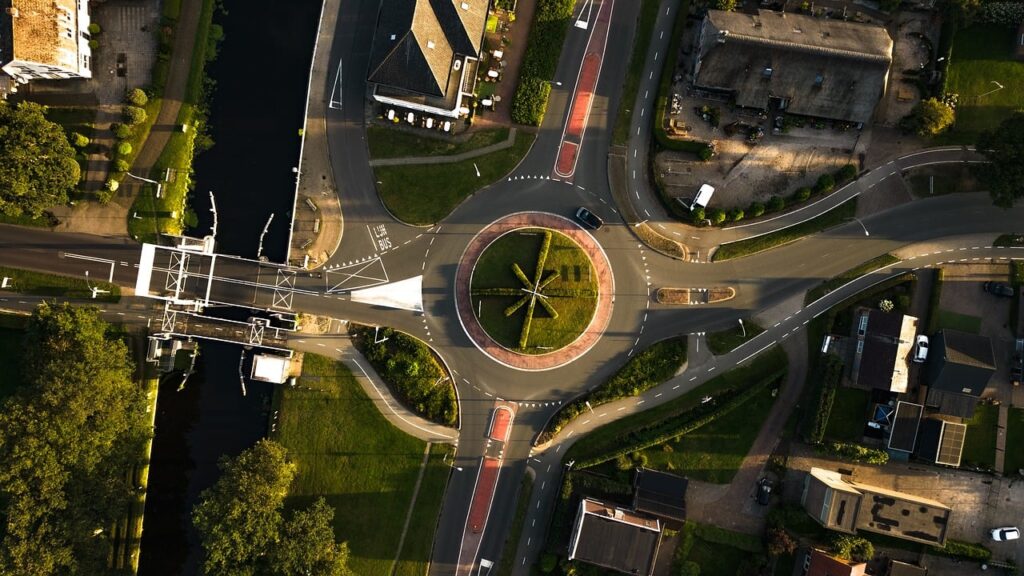
The Top Reasons to Choose Vinyl Plank Flooring inModern Homes
Key Highlights
Vinyl plank flooring brings together durability, affordability and visual appeal.
It’s waterproof, perfect for areas like kitchens and bathrooms.
It’s easy to install and maintain and is a favourite among DIY enthusiasts.
This article covers questions and issues about vinyl plank flooring. It also
includes references for insights and up to date information.
Understanding Vinyl Plank Flooring
Vinyl plank flooring comes into being as an option that duplicates the look of wood with
both aesthetic and practical advantages. Composed of elements that provide an attractive
and functional quality, the planks are waterproof; thus, they are well suited for basement,
bathroom or kitchen areas. Moreover, the flooring installation cost per square foot is often less
expensive than hardwood floors, which means homeowners can successfully obtain a
wanted appearance without breaking the bank. Furthermore, vinyl plank technology
has evolved to create more realistic wood and stone patterns.
With countless design options available, homeowners can choose decor
styles that suit their individual taste. If you like a modern appearance there
is probably a vinyl plank style that fits your taste.
Advantages of Vinyl Plank Flooring
Durability: Vinyl plank flooring is incredibly durable and can
withstand heavy foot traffic and scratches making it an excellent choice for homes
with kids and pets. The protective layer adds to its durability.
Affordability: When it comes to home renovations or construction vinyl plank
flooring is an option due to its quality at a reasonable price. Its cost-effectiveness
allows for budget flexibility for home improvement projects.
Water Resistance: Thanks to its composition, vinyl plank flooring is
resistant to
water damage making it ideal for wet areas like bathrooms, laundry
rooms and kitchens.
Simple Maintenance: Vinyl plank flooring is much easier to take care of compared to hardwood
floors with sweeping and mopping without requiring refinishing for the floors to look
great.
Installation Procedure
One aspect of vinyl plank flooring is the ease of its installation as a DIY project. Many
households can manage this task independently with tools. The click and lock edges on
the planks make installing vinyl plank flooring hassle-free whether you're a DIYer or new
to the process. Make sure the subfloor is clean, dry and level before you begin to avoid
any issues with the appearance and stability of your flooring. Start by measuring the
room to determine how many planks you'll need. It's an idea to have an extra on hand to
prevent any shortage or overspending. When planning the layout, try to avoid having
planks at the edges of the room for a pleasing look. When it’s time to install start from
one corner and carefully click each plank into place to avoid gaps or uneven surfaces.
Using spacers along the walls will help maintain a gap for expansion. Remember to let
the planks acclimate to room temperature for 48 hours before installation. Once all boards are in their proper position, install trim or molding to cover the expansion gap to provide a finishing touch that complements the appearance. Make sure that all edges and corners are well-fastened and that all finishes are complete. You can now have a floor-like appearance without needing your skills as a carpenter and using specialized tools.
Care and Maintenance
Vinyl plank flooring is easy to maintain. Regular sweeping or vacuuming can help
remove dirt and debris. For cleaning, use a mop with a detergent but avoid using
chemicals that could harm the surface. Regular upkeep is essential to maintain the
appearance of your vinyl flooring for years to come. To prevent moisture and dirt from
being tracked onto the floor consider placing mats at entryways. Using furniture pads
can also help to prevent scratches resulting from furniture hence elongating the lifespan of your flooring. Prompt correction of a problem helps eliminate the problems which might be occurring in the near future.
Myth Busting
There is a common myth associated with the popularity of vinyl plank flooring.
The first belief is that the vinyl has the look of something cheap or plastic. However modern vinyl planks have designs imitating wood and stone even that even
discerning observers can be deceived. The advancement in the printing technology
intricate patterns and textures like materials are also possible. Vinyl flooring is less
durable. In actuality, it has a multi-layered construction that gives strength and durability.
Core layers provide stability and support while a protective wear layer guards against wear
and tear. Some home owners may shun vinyl flooring because of
emissions concerns and
environmental impact. Fortunately, many manufacturers now offer VOC options that not
only enhance indoor air quality but also promote environmental sustainability.
In conclusion
Vinyl plank flooring has become a choice for households. The durability, cost-
effectiveness, attractive appearance and low maintenance of vinyl plank flooring make it
a smart choice for investment. Whether you're renovating a room or an entire house,
vinyl plank flooring offers benefits that meet needs. With a variety of styles and designs
there's a vinyl plank floor to suit every taste and budget making it a flexible and reliable
option for your home.



